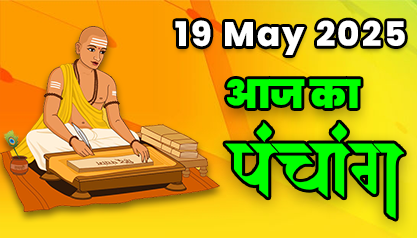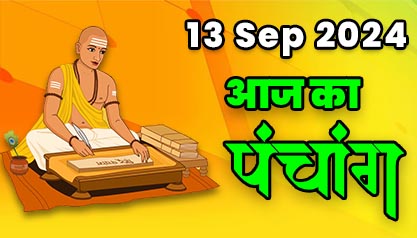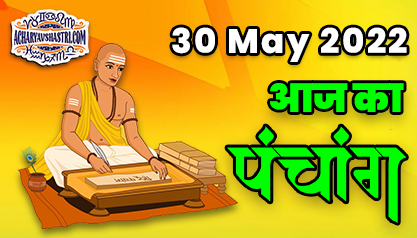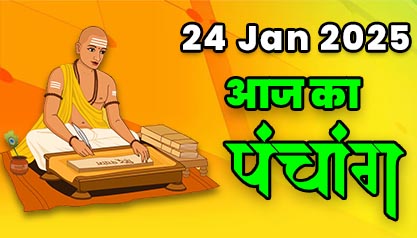Indian Vedic Vastu - vastu meaning
Vastu-shastra is the mode through which a person adjusts himself to the inert world and establishes positive harmony. Vastu shastra is actually a part of nature. Through this, we strengthen our unwavering connection with nature. The events in the world do not happen spontaneously, but the natural laws of the world work behind them. Best Astrologer in Delhi NCR, Astrologer Acharya V Shastri is Top Famous Astrologer in Delhi NCR,
There are certain rules and principles, which not only control big natural events, but also control all the experiences, situations and events in life of our human life. Vastu Shastra is a science based on such important and very effective rules that need to be understood from a logical point of view.
Vastu Exact Meaning
The word Vastu has two meanings. contact for consultant with Genuine Astrologer with expert of future predictions for his clientele.
First meaning - The place where people live. That is, all the places where man resides or works.
Second meaning - The study of things is also called Vastu Shastra.
In the Vedas of the Vedas, 'Vastu' is defined as suitable land suitable for house building.
Samaraangan Sootradhaar Contact for marriage, career, love, health and other issues.
According to one of the oldest texts of Vaastu, the word Vaastu originates from Vasu or Prithvi. Earth is considered to be the basic architecture and all those creations which are located on the earth are also called Vastu.
Mayamatam
Mayamatam Mentions four types of Vastu:
Earth, Temples, Vehicles and Asanas. Earth is the main among these four.
Origin of Vastu Shastra
The word Vastu originates from the Sanskrit ‘Vas’ means a place to live. And from this same, two other words - Awas and Niwas. The first mention of Vastu Shastra, popular as the science of house or building construction, is found in the Vedas composed several thousand years ago from the point of view of available written literature. At that time, the knowledge of the science of Vastu was limited to a few people in the society like Acharya V Shastri and they used to transfer this knowledge from one generation to the next generation through their successors. In the beginning, the principles of Vastu were mainly based on what kind of effect the rays of the sun have on which place in the whole day. And after studying this, the theories that came out later laid the foundation for the development of other rules of Vastu.
Since that time, along with the development of human civilization, Vastu science has also developed a lot. So it can be said that the current principles of Vastu Shastra are the result of thousands of years of development. So, where the Vedas are known as the place of origin of Vastu, Vishwakarma, the pioneer of Vastu Shastra, is believed to have composed the book called 'Vishwakarma Vastushastra'. However, Vastu Shastra came into existence in the eleventh century itself when a book called 'Samrangana Sutradhar' was written by Maharaja Bhojraj, which is considered to be the authentic text of Vastu Shastra.
Vastu Shastra was originally a part of the Vedas. It is worth mentioning that in addition to our four Vedas, Upveda has also been written, one of which was the architectural Veda. Later, on the basis of this Upveda, Vastushastra developed and many literature related to it was written in different parts of India. Just as “Mayamatam” and “Manasar” craftsmanship was composed in South India, the same Vishwakarma Vastu Shastra was composed in North India.
Many of the principles of Vastu are found in the ancient text Rig-Veda. In the Rig Veda, a deity named “Vastosapati” is also mentioned in the context of Vastu. Apart from this, many other ancient texts and literature mention the principles of Vastu Shastra such as Matsya Purana, Narada Purana and Skanda Purana and even in Buddhist literature. It is believed that Gautama Buddha also preached his disciples regarding the construction of the building. Different types of buildings are mentioned in Buddhist literature. Skanda Purana is very important in these ancient creations. In it, the principles of Vastu are stated for better development and prosperity of the metros. In the same Narada Purana, in addition to the architecture of the temples, in which direction the reservoirs such as lakes, wells, canals etc. should be, in which direction the sources of water should be in the houses.
Important literature written on Vastu Shastra
The scientific and spiritual basis of Vastu Shastra and Vastu art are Veda and Upveda. The detailed description of semi-physical architecture and architecture in Indian literature is available in the Rig-Veda, Atharvaveda, Yajurveda, not in any other literature.
According to research by modern historians “late. Sami. Chittar Singh” (Grandfather of Acharya V Shastri) and “Swami Poornanand” (Father of Acharya V Shastri), the historical development of Vastu Shastra took place between 6,000 BCE and 3,000 BCE. Written evidence related to the emergence and development of Vastu Shastra is found in sufficient quantity in the four Vedas, Ramayana, Mahabharata, Arthashastra, Puranas, Vrhatsamhita, Buddhist and Jain texts. Let us look at some historical literature written on Vastu Shastra, Vrhatamhita was its author Varahamihira. Varahamihira wrote Vrhatsamhita in the 6th century. The Samrangana Sutradhar was its creator Raja Bhoj. Raja Bhoja composed the Samrangana Sutradhara 1000-1055 A.D. I did Mayamatam was its author Maya. Maya composed Mayamatam in the 11th century. Apart from this, Mansar and Vishwakarma Vastushastra composed on Vastu Shastra are two other important texts. Mayamatam and Mansar Shilpa Shastra are considered to be Dravidian works due to being South Indian and the same Vishwakarma Vastu Shastra is considered to be Indo-Aryan creation due to being North Indian. Apart from this, some other important literature has been composed on Vastu Shastra which is as follows - Rajavallabham, Roopmandam Vastu Vidya, Shilparantam, Aparajita Paricha, Proof Manjari, Shilparatna, Sarvartha Shilpakintamani, Manushalya Chandrika, Vasturatnavali etc.
Essential and Important Parts and Points of Vastu Shastra
Vastu Kala, Chose location, Civil Engineering, Avs.Astrology, Interior decoration, Landscape and lifestyle.
Vastu Shastra has positive and negative effects on your life
Science has a specialty that whether you believe it or not, its rules do their work. Vastu Shastra is one such science. It is not necessary for the existence of anything in the world or for any event to happen that we are aware of it. There are countless such incidents happening in the universe, which humans have no knowledge about and this ignorance of human beings does not affect the existence of those events. In this context, Vastu Shastra is also a science of building construction that informs us about the invisible energies present in a particular building and the effect they have on the residents. Significantly, there are energy fields around us which are constantly affecting us. Whether you know it or not, whether you accept it or not, the energy available in your house is constantly affecting you.
If we understand this in detail, then it is clear that human beings have a capacity within which only by staying within it they can detect different types of effects on themselves. Nature has both very subtle and very vast powers. According to science, there is a definite scope for our hearing, seeing, smelling, etc. For example, when a huge astronomical event occurs in space, such as the breaking of a star, in such a situation, there is a loud roaring sound in our surroundings, which we are not able to hear. If we are able to hear these voices then our ability to hear will be lost immediately.
Even if we are unable to hear or feel a very subtle or very loud voice, the sounds that are unaffected in nature are passing through and affecting us, the only difference is that without cannot detect any device. In Vastu Shastra, the work of coordinating the invisible natural powers of this kind is done which we cannot feel.
According to Vastu Shastra, in the case of imbalance in these invisible natural powers, it gives negative results and if proper coordination is established, it also proves extremely beneficial for the person. So let's take a look at what kind of results according to vastu or Vastu defect can give.
Negative effects of vastu
Economic troubles, trade deficit, cost of business also.
Debt related problems.
Stuck in debt (taking new loan to repay old loan).
Disappointing career, constant failures, hard work.
Health related problems, chronic diseases, accidents.
Family feud, divorce, negative atmosphere.






